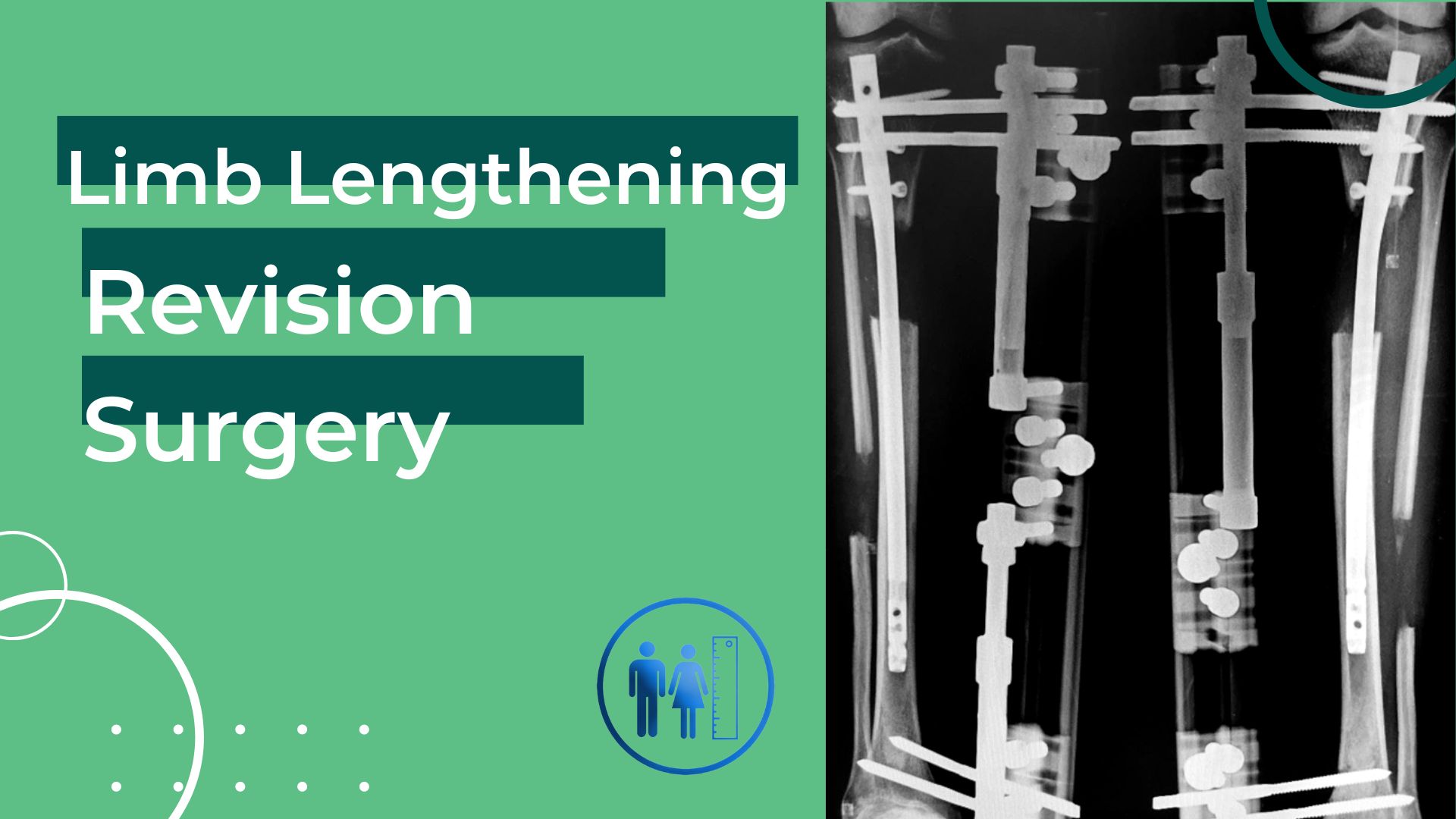
Live
Support AI
Why Don't We Perform the Quadrilateral Operation?
People considering limb lengthening surgery should take into account both the physical and emotional aspects of the process, ensuring they are fully informed about the safety of the surgery, how the process works, the expected outcomes, and potential complications. This surgical method is becoming increasingly popular and is one of the most intriguing options offered by modern medicine, drawing significant attention from patients. However, unfortunately, there are still many misconceptions about the operation.
One such misconception is the Quadrilateral operation, which involves lengthening both the lower and upper legs simultaneously. Although it might sound appealing to those who wish to increase their height by more than 10 cm, the Quadrilateral operation is quite risky for patient health. You can find our doctor's thoughts on this operation in the continuation of this article.
Due to the risks associated with the Quadrilateral operation to patient health, it is not performed by our doctor.
Our Doctor Answered!
-
Do you recommend the Quadrilateral operation to your patients?
I definitely do not recommend such an operation. I absolutely do not perform methods that seriously risk the health of patients, like the Quadrilateral operation, and I strongly advise against it for patients considering this surgery. The correct approach to limb lengthening surgery is to perform the lengthening either on the lower or upper leg. -
When can patients have the second operation?
After the first surgery, the bone healing processes of the patients are monitored; once bone union has occurred in the operated area, whether it be the lower or upper leg, planning for the second operation can be made. -
What are the risks of the Quadrilateral operation?
Having six bones broken in both the lower and upper legs in the same operation poses a risk of death for patients. Even if a patient is willing to take this risk for a cosmetic operation, the doctor should not.
The Right Time for Second Operation
Patients suitable for limb lengthening surgery can be evaluated by the doctor for a second surgery at least 5-6 months after the first surgery. At this point, the completion of the lengthening process and regular X-ray monitoring during this period are very important. The lengthening process itself can take about 2-3 months depending on the amount of elongation. After this process, patients gradually begin to walk with support, as approved by the doctor. Supported walking continues with the help of crutches, walkers, and, if necessary, wheelchair support. About 2-3 months later, or 6 months after the first surgery, patients undergo another control X-ray, and the bone unions are evaluated by the doctor. If the patient's bone union is in good condition and there are no other conditions that would prevent a second surgery, planning for the operation can be made. However, it should be noted that these times are averages. The lengthening and healing process can vary for each patient due to various reasons.
From the video shared below, you can watch our doctor's views on the Quadrilateral operation and directly contact our patient representatives for any other questions you may have. You can also follow our YouTube page to view our latest patient interview videos and doctor informational videos.
You will be informed about the lengthening increase, lengthening process, the prices of the surgical methods, the difference of the methods, the risks of the surgery.




